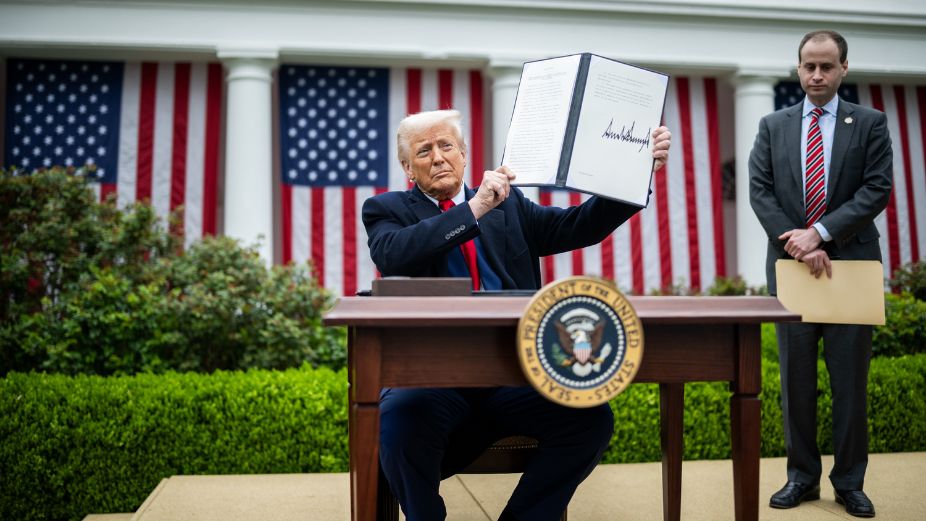
The United States’ decision to impose a new 10 percent baseline tariff on all imported goods is set to reshape global trade flows. However, for the Maldives, where exports to the U.S. are modest and already taxed at that rate, the immediate impact appears limited — especially for its primary export, fish.
Understanding the Tariff Move
Tariffs are taxes placed on goods that cross international borders. When the U.S. government imposes a tariff on a product, the cost of importing that good rises. In theory, this makes domestic alternatives more competitive and can reduce reliance on foreign suppliers. For the importing country, tariffs can also serve as a revenue stream.
On 2nd April 2025, President Donald Trump introduced a 10 percent baseline tariff on all imports, with even higher rates for countries running significant trade surpluses with the United States. The policy marks a sharp expansion of the tariff-based trade strategy he championed during his re-election campaign, aiming to bring manufacturing back to the U.S. and reduce dependence on foreign goods. Trump has argued that these tariffs will “level the playing field” for American businesses and protect U.S. jobs.
Maldives-U.S. Trade Snapshot
According to the Office of the United States Trade Representative, in 2024, the total goods trade between the U.S. and Maldives reached USD 97.4 million. The United States exported USD 92.6 million worth of goods to the Maldives, up 34.9 percent from the previous year. Meanwhile, U.S. imports from the Maldives dropped by more than half, totalling just USD 4.8 million — leaving the U.S. with a USD 87.8 million goods trade surplus.
Maldives’ main export to the U.S. is fish, particularly tuna. According to trade sources, Maldivian fish products already faced a 10 percent tariff prior to the new policy. As such, the latest changes do not impose any additional duties on these exports.
Why the Tariffs Still Matter
While the direct effect on Maldivian fish exports is neutral, the new tariff regime reflects broader shifts in global trade that could indirectly affect the Maldives.
For example, the tariffs may reduce the overall demand for imports in the U.S., making it more difficult for smaller economies to expand their share of the American market. Countries like Lesotho, Cambodia, and Vietnam — which were hit with tariffs ranging from 36 to 50 percent — are already reassessing their export strategies. As some nations pivot toward stronger trade relationships with China or regional partners, the Maldives may find itself navigating a very different geopolitical and economic environment.
Strategic Implications for the Maldives
Given our small size and reliance on a few key export sectors, the Maldives may not have much leverage in shaping U.S. trade policy. However, the country can adapt in other ways. Diversifying its export markets, investing in higher-value fish processing and branding, and participating more actively in regional trade frameworks could help shield the economy from external shocks.
Moreover, should the U.S. increase tariffs further or extend them to sectors beyond fish, Maldivian businesses exporting products or services may need to reassess their market strategies.
For now, the Maldives’ fish exports to the U.S. remain unaffected by the latest tariff moves. But with protectionism on the rise and global supply chains in flux, the country will need to remain agile and proactive. What may seem like a stable trading relationship today could shift quickly under future administrations or new economic pressures.













